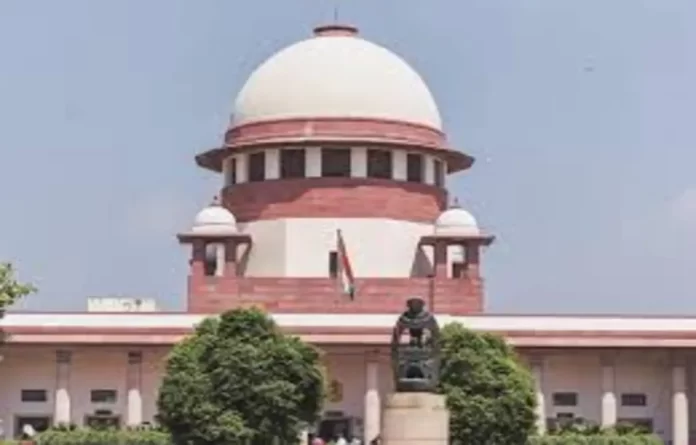The Supreme Court on Tuesday asked the Centrally Empowered Committee (CEC) to examine whether the road construction proposed for Uttar Pradesh could take place without felling 3874 trees. The court was hearing a public interest litigation (PIL) with respect to the environmental issues in the Taj Trapezium Zone.
A bench of Justice Abhay S Oka and Justice Ujjal Bhuyan deprecated the manner in which the the state’s application for felling 3874 trees on the basis that they would be affected by proposed construction of Agra-Jalesar-Etah road in Uttar Pradesh has been filed. The bench termed the application as vague and added that they will not allow trees to be cut easily.
The court observed that as Article 51A mandates that it is the duty of every citizen to save trees, the bench also reiterate that it is also the responsibility of the state to ensure that the maximum number of trees are protected.
It further directed the state to provide a sketch of the proposed alignment of the road, demarcating the 3874 trees and requested the CEC to ensure within one month whether without compromising on the alignment of the proposed road, it was possible to save few of the trees.
Noting that in another matter, the CEC was unable to submit its report on examination of similar issues as the alignment itself had not been approved by the National Highway Authority of India (NHAI), the top court directed that CEC must also examine in the present case as to whether alignment of the proposed road has been approved by the National Highway Authority.
The court scheduled the next hearing on the matter on March 12, 2024. It also added that in the meantime, the state must ascertain that the Divisional Forest Officer gives a report regarding the feasibility of translocation of some of the trees. Furthermore, it ordered the state to place material on record to show as to where it proposes to do compensatory afforestation.
The Taj Trapezium Zone is a defined area of 10,400 sq km around the Taj Mahal formed to protect the monument from pollution and includes World Heritage Sites like the Taj Mahal, Agra Fort and Fatehpur Sikri. The Supreme Court in December, 1996 had banned the use of coal in industries located in the aforesaid area, in response to a PIL filed seeking protection of Taj Mahal from environmental pollution.
Last year, the Supreme Court lifted the ban on construction, industrial activities and felling of trees in the Taj Trapezium Zone and permitted the industrial units, that do not spread pollution and are in compliance with the rules, to function, after getting a No Objection Certificate from the Ministry of Environment.


